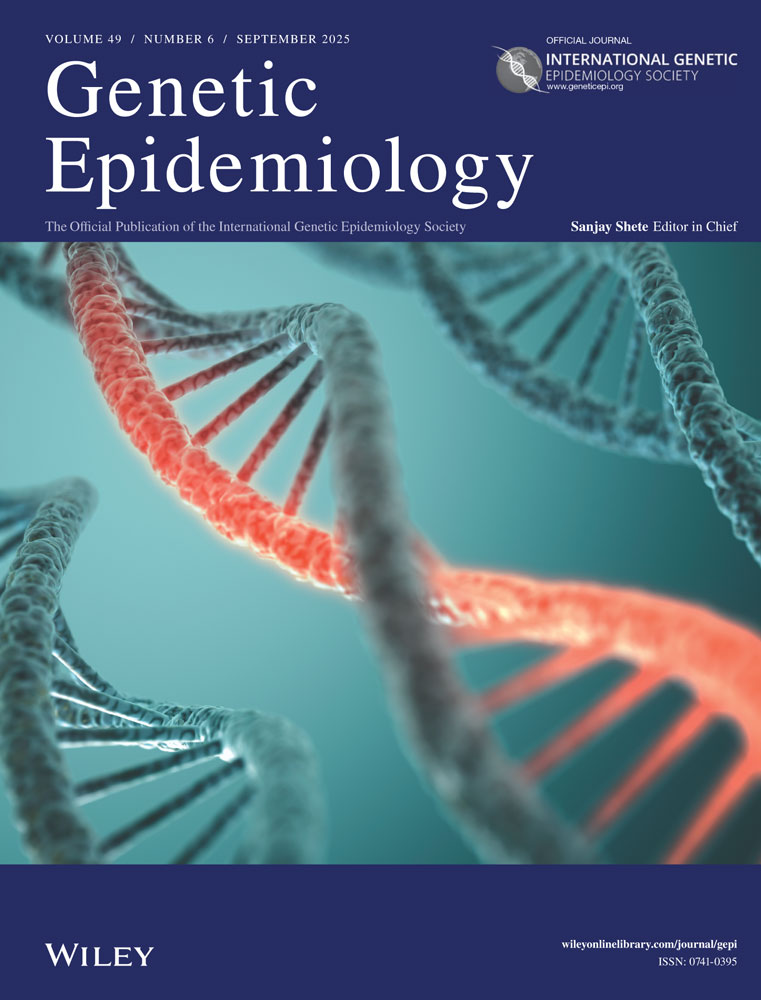Implementing a unified approach to family-based tests of association
Abstract
We describe a broad class of family-based association tests that are adjusted for admixture; use either dichotomous or measured phenotypes; accommodate phenotype-unknown subjects; use nuclear families, sibships or a combination of the two, permit multiple nuclear families from a single pedigree; incorporate di- or multi-allelic marker data; allow additive, dominant or recessive models; and permit adjustment for covariates and gene-by-environment interactions. The test statistic is the covariance between a user-specified function of the genotype and a user-specified function of the trait. The distribution of the statistic is computed using the appropriate conditional distribution of offspring genotypes that adjusts for admixture. Genet. Epidemiol. 19(Suppl 1):S36–S42, 2000. © 2000 Wiley-Liss, Inc.




